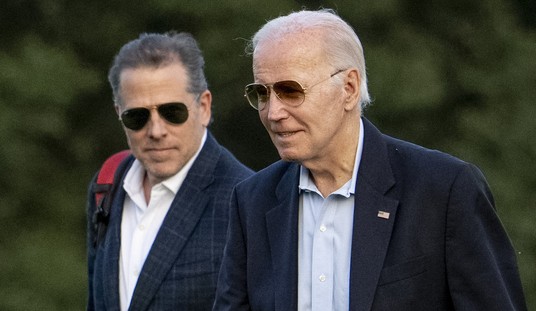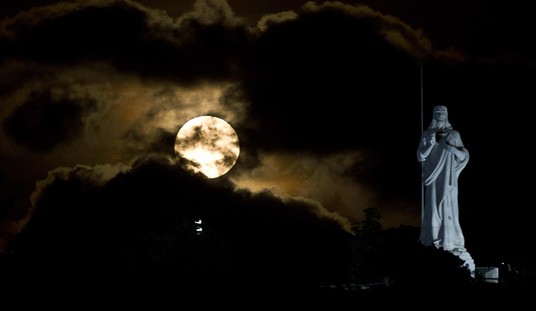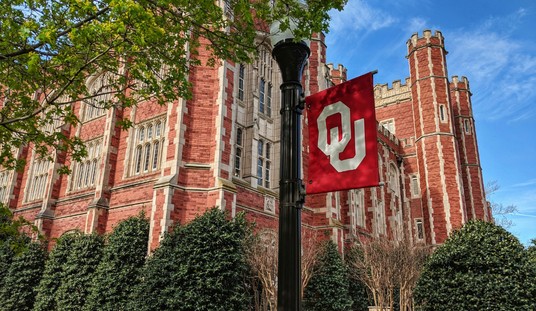
An investigative report out of San Diego detailing a “secret” Department of Homeland Security (DHS) database that compiled information on “activists, journalists, and social media influencers tied to the migrant caravan” — and was even reportedly used to “place alerts on their passports” — sent RESISTANCE Twitter into a tizzy when the story broke Wednesday evening.
Anyone need any more convincing that we are being run by a regime run by an Authoritarian kleptocratic criminal. These leaked docs show a secret database on journalists/activists tied to immigration but I’m more than confident they have one on everyone fighting and exposing Trump https://t.co/PlMxpBGeUo
— Olga Lautman (@olgaNYC1211) March 7, 2019
Did we expect anything LESS from a @potus who calls the press “enemy of the people”??
Now you know what most of us assumed — autocrats like Trump use every lever of state power to try to intimidate critics and silence dissent. #RESIST https://t.co/pAxNlIgPFk
— Christine Pelosi (@sfpelosi) March 7, 2019
But, as usual, there are more than a few details overlooked by those rushing to find fascism.
First, the database looks like an attempt to monitor individuals Customs and Border Patrol (CBP) had either already identified as being present when violence surrounding the caravan broke out, individuals they believed may have been instigators of violence or criminal behavior, and/or journalists who may have been present and documenting events.
By email, [a Customs and Border Protection spokesperson] said, “Criminal events, such as the breach of the border wall in San Diego, involving assaults on law enforcement and a risk to public safety, are routinely monitored and investigated by authorities.”
“It is protocol following these incidents to collect evidence that might be needed for future legal actions and to determine if the event was orchestrated,” the statement read. “CBP and our law enforcement partners evaluate these incidents, follow all leads garnered from information collected, conduct interviews and investigations, in preparation for, and often to prevent future incidents that could cause further harm to the public, our agents, and our economy.”
Minutes after our story published and five days after a Customs and Border Protection spokesperson gave us the agency’s statement above, CBP told our colleagues at NBC News that the names in the database are all people who were present during violence that broke out at the border in November. The agency also said journalists are being tracked so that the agency can learn more about what started that violence. CBP never clarified that point directly to NBC 7 Investigates.
The idea of compiling a database of people may not sit well with some people from a privacy perspective, especially when personal entries are labeled “organizer,” “instigator,” and “journalist”. That’s certainly an understandable feeling to have. But from a national security perspective, it’s a smart move to know the people who may be helping facilitate illegal border crossings or are present and documenting when those things occur.
Second, the database is not a secret. The World Socialist Website has been clutching pearls over a version of it since at least last year, and the link they include mentions a similar database (possibly a model for the caravan-related one) that was created as far back as 2002.
The DHS’s construction of a journalist database follows reports of numerous #journalists, #artists and #writers being detained and questioned while crossing the US border after having made critical statements against the Trump administration. https://t.co/EwK1xRKjhC
— WSWS Arts Review (@WSWSArts) April 15, 2018
Third — and perhaps most interesting — the database files were leaked to the San Diego TV station by a source inside the DHS itself. And nowhere in their story do they identify the source as a whistleblower, which seems to be an important detail. Looks a bit like a fair warning, no?
The U.S. government compiled dossiers on journalists who reported on the 2018 migrant caravan as well as activists and others involved in the event — and agents used the database to target people for secondary screenings, according to a San Diego TV station, which says a source in the Department of Homeland Security shared proof of the interagency project focused on the U.S. Southwest border.
…
In response to the report from KNSD-TV, a Customs and Border Protection spokesperson declined to confirm or deny that the documents reflect U.S. government materials.
The Miami Herald reports (their entire piece is worth a read) that the database was developed during a period of heightened tension between Trump and journalists, and that it has been denounced by the Committee to Protect Journalists, American Civil Liberties Union, Amnesty International and the Southern Poverty Law Center.
But again, there was never an attempt to hide the existence of a database full of journalists, social media influencers, and activists.
The Department of Homeland Security last year sought a contractor to monitor more than 290,000 news sources and social media around the world in several languages, and compile a database of journalists, editors, foreign correspondents and bloggers. DHS officials said the aim was to gather open-source information, not unlike alerts the public can set up through email.
All of which makes it curious that journalists who reported being in the caravan database were bothered by nagging suspicions that their movements were being monitored. Sounds like they should have already known they were. A good journalist would have figured it out before the DHS told them since it appears it would have required little more than a Google search.













Join the conversation as a VIP Member